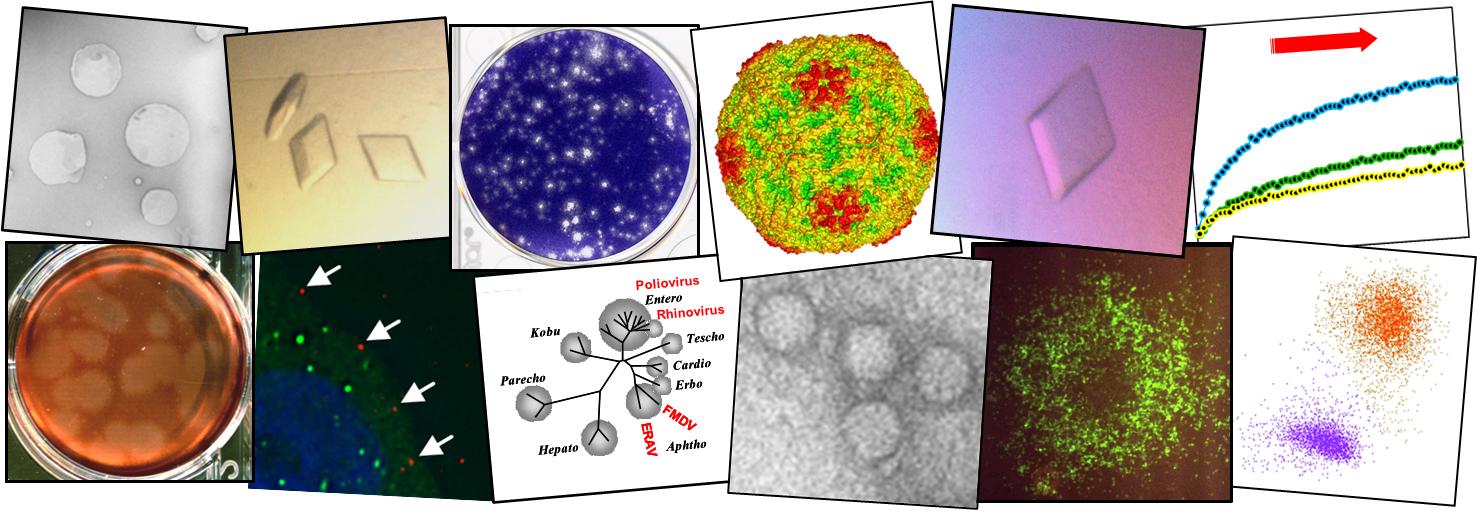The conserved N-terminus of human rhinovirus capsid protein VP4 contains membrane pore-forming activity and is a target for neutralising antibodies
Human rhinovirus is the causative agent of the common cold and belongs to the non-enveloped picornavirus family. A trigger such as receptor binding or low pH initiates conformational changes in the capsid that allow the virus to attach to membranes and form a pore for the translocation of viral RNA into the cytoplasm. We previously showed that recombinant capsid protein VP4 was able to form membrane pores. In this study, we show the N-terminus but not C-terminus of VP4, formed pores with properties similar to full-length VP4 and consistent with the size required for transfer of RNA. Sera against the N-terminus but not C-terminus of VP4 was shown to neutralise virus infectivity. Together this suggests that the N-terminus of VP4 is responsible for membrane activity. This study contributes to an improved understanding of the mechanisms for involvement of VP4 in entry and its potential as an antiviral target.

